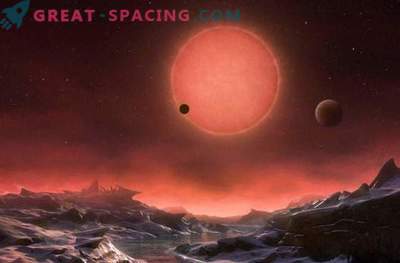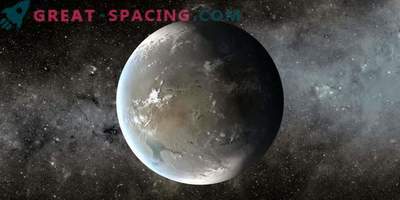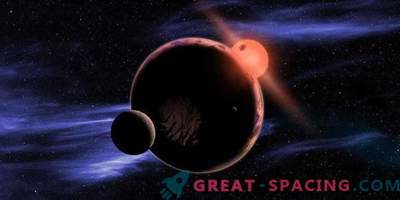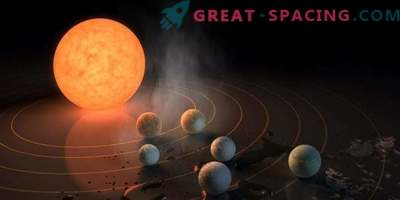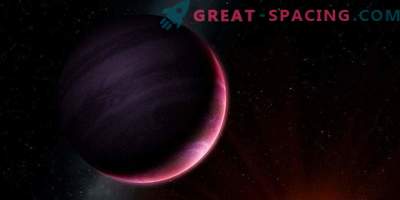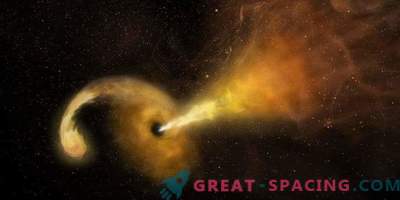
The neighboring star has seven planets, three of which can be inhabited. The future scan of TRAPPIST-1 will tell if there is life there.
The small star is located 40 light years from Earth and has at least seven planets that are similar in size to ours. Three of the seven are located in the star's habitable zone (conditions allow liquid water).
“They may have some liquid water and even life,” says lead researcher Michael Gillon from the University of Liege in Belgium.
Discovery was reported on Wednesday in the journal Nature, placing the planets orbiting the star TRAPPIST-1 in the upper part of the list of places where life should be sought outside the solar system.
“We have taken an important step in finding alien life. I do not think that earlier we had the right planets for life potential. However, if we see something similar to our planet, its life forms and gases, we will know for sure, ”said Amory Triaud, an astronomer from the University of Cambridge.
Scanning the planets for the presence of methane, water, ozone and other chemicals attached to life will be available for the new generation of telescopes. This also applies to James Webb, who is planning to launch next year.

Scientists reported that last year TRAPPIST-1 contained three planets in orbit. Subsequent studies from ground-based telescopes and the Spitzer infrared telescope by NASA revealed at least four more objects that are closer in their orbit than the location of Mercury to the Sun. “It will be interesting if there are more of them there,” says Trial.
In connection with an article in Nature, astronomer Ignas Snellen from the Leiden Observatory in the Netherlands noted that even if planets are lifeless stars, they have time to develop it.
“After a few billion years, the Sun will run out of fuel, and our system will die. But TRAPPIST-1 will still be a baby star. It burns hydrogen so slowly that it will exist for another 10 trillion years, which is 700 times more than the modern age of the Universe. Therefore, life still has time, ”writes Snellen.

Thanks to the lucky chance, all the planets pass directly in front of TRAPPIST-1 in relation to the earth observer. Studying the dips in the light of the star (the path of the orbits of the planets), scientists were able to understand the architecture of the system.
A star is 8% larger than the Sun, therefore its Earth planets are as big as Jupiter. TRAPPIST-1 is also initially colder than the Sun, which makes habitable proximity of the planets. Moreover, it is easier for astronomers to find and study them.
Ultracold dwarf stars like TRAPPIST-1 are quite common in the galaxy. This increases the likelihood that there are many Earth-sized planets.

